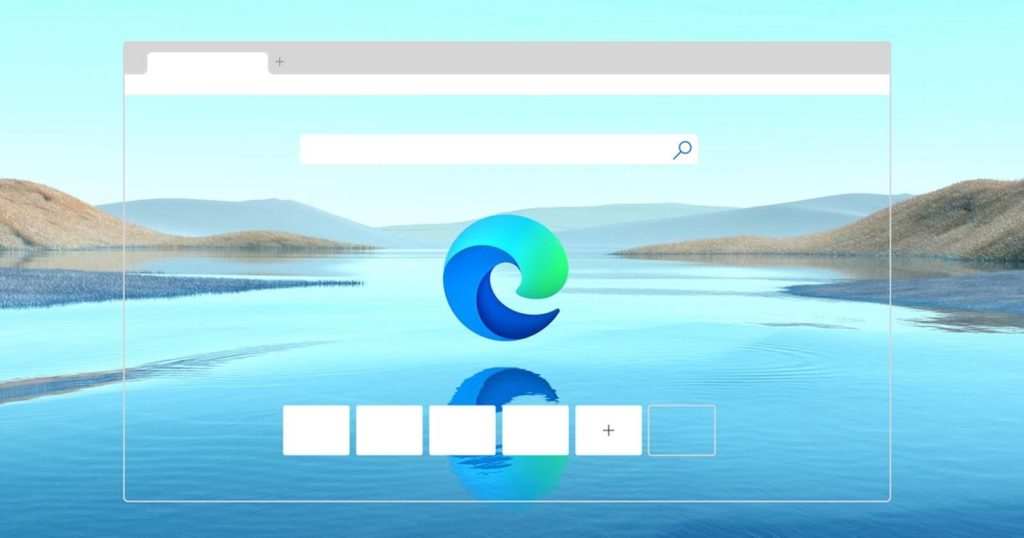

This project is a new implementation of wxPython, focused on improving speed, maintainability and extensibility. Project Phoenix, which began in 2010, is an effort to clean up the wxPython implementation and in the process make it compatible with Python 3. MainLoop () if _name_ = "_main_" : main () Project Phoenix Centre () def OnClose ( self, e ): self. Button ( pnl, label = 'Close Me', pos = ( 20, 20 )) closeButton.

Frame ): def _init_ ( self, * args, ** kw ): super ( WxButton, self ). This is a simple " Hello world" module, depicting the creation of the two main objects in wxPython (the main window object and the application object), followed by passing the control to the event-driven system (by calling MainLoop()) which manages the user-interactive part of the program. The first "modern" version was announced in 1998.
#WXWIDGETS WIKI READER UPDATE#
Later versions were created with SWIG, greatly decreasing the amount of work to update the wrapper.

However, soon the code base became very difficult to maintain and keep synchronized with wxWidgets releases. The first versions of the wrapper were created by hand. Thus, he learned Python and, in a short time, together with Harri Pasanen, became one of the main developers of wxPython, which grew from those initial bindings. While evaluating commercial solutions, he ran across Python bindings for the wxWidgets toolkit. WxPython was created when Robin Dunn needed a GUI to be deployed on HP-UX systems and also on Windows 3.1 within a few weeks. Being a wrapper, wxPython uses the same free software licence used by wxWidgets ( wxWindows License) -which is approved by Free Software Foundation and Open Source Initiative.


 0 kommentar(er)
0 kommentar(er)
